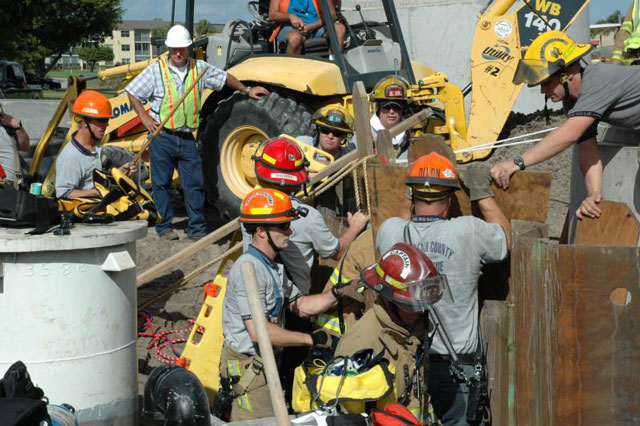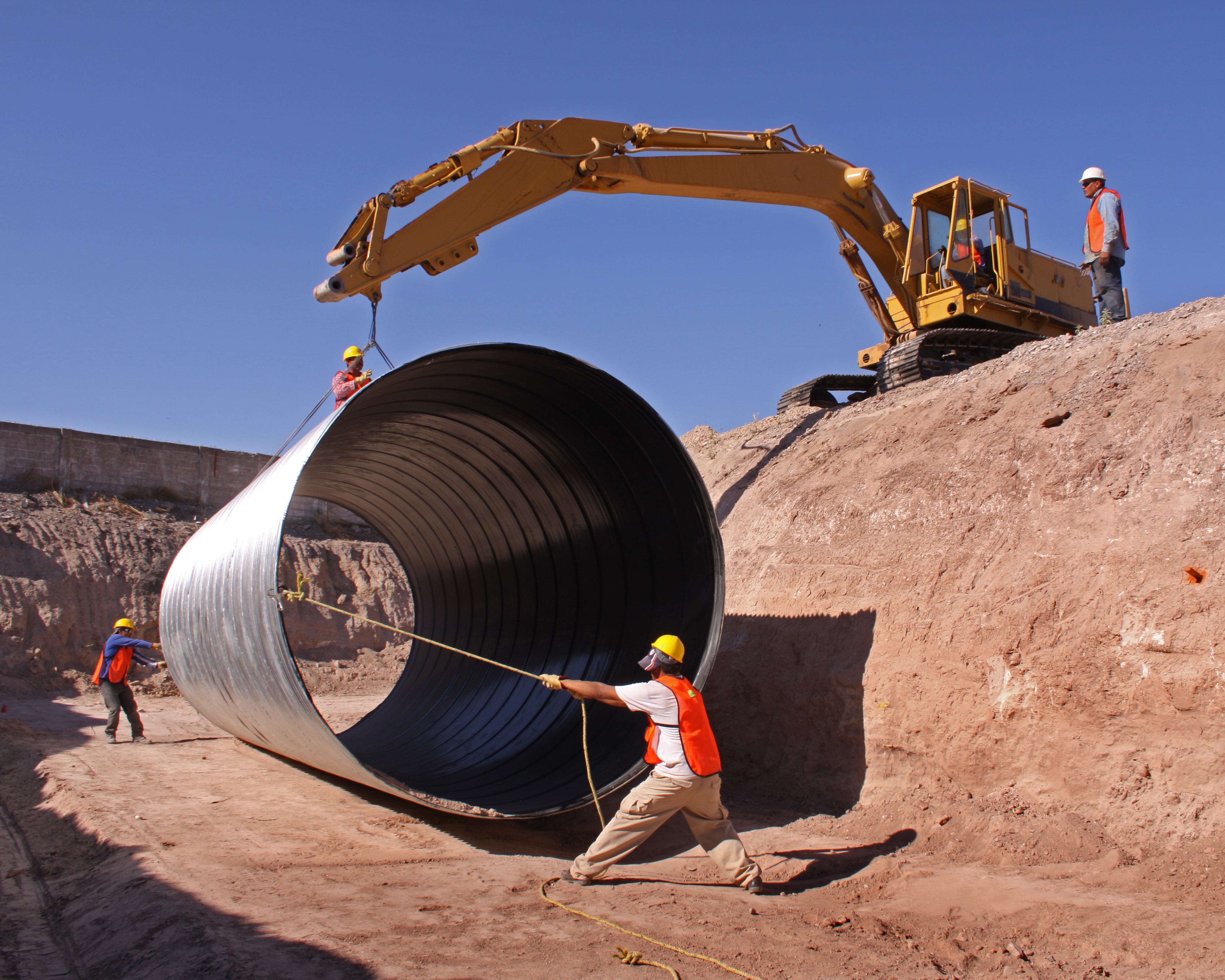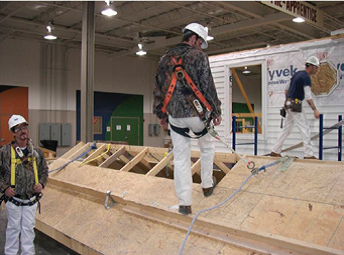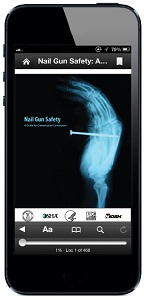The National Safety Stand-Down to prevent falls in construction will take place May 2 to 6 2016
Falls are the number one cause of fatal construction accidents. Every year in America, more than 10,000 hard hats suffer serious personal injury and more than 200 died because they fell while working on a construction site. In 2012 a coalition of government, labor and management representatives launched a yearly campaign to raise awareness about this issue. This year, the campaign which consists in a National Stand Down will take place from May 2nd to May 6th. On that day, OSHA is asking employers that hire construction workers to take the time to stand down and conduct a fall prevention workshop or other activity related to fall prevention with their employees. OSHA is providing interested employers with toolboxes to help them discuss specific fall prevention subjects such as ladder safety, scaffold safety or fall protection equipment.
The Center for Construction Research and Training (CPWR) recently released a detailed report about the Safety Stand Downs conducted in 2014 and 2015. The reports shows that the campaign reached around 2 million workers over the last two years. Stand-downs were mostly organized by commercial construction companies but also by highway, governmental and residential companies. Most common activities conducted on stand-down last year included training, equipment inspection and audit as well as toolbox talks. The year before meetings and handing out materials to employees as well as training were the most common activities.
Even though the participation was lower last year, the organizers are hopping to see greater participation this year and to reach out to more construction workers. On February 16th the CPWR will organize a webinar related to this campaign . Leaders from CPWR, NIOSH and OSHA will be discussing last year’s Stand-Down and highlighting the plans for 2016. People interested in attending this webinar can register here.
 New York Personal Injury Attorneys Blog
New York Personal Injury Attorneys Blog








 Falls from heights are the most common cause of
Falls from heights are the most common cause of 
